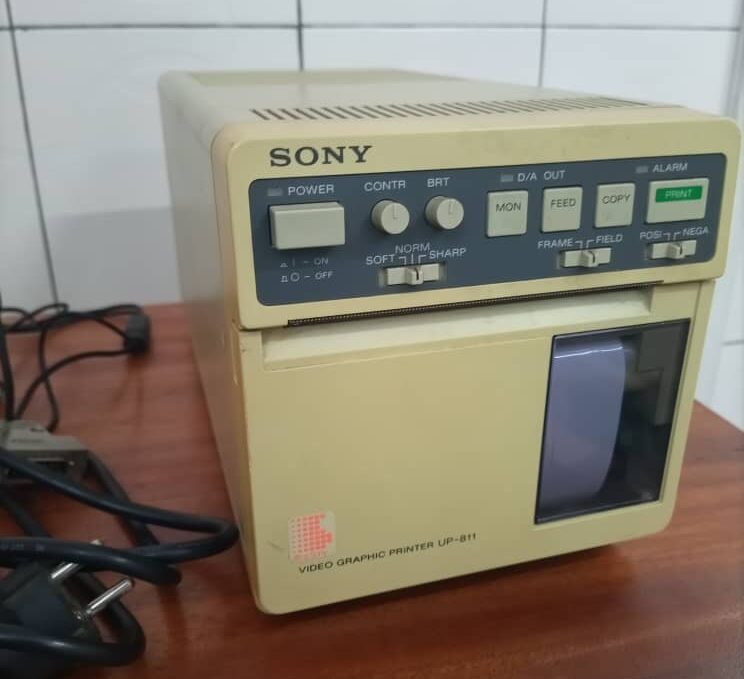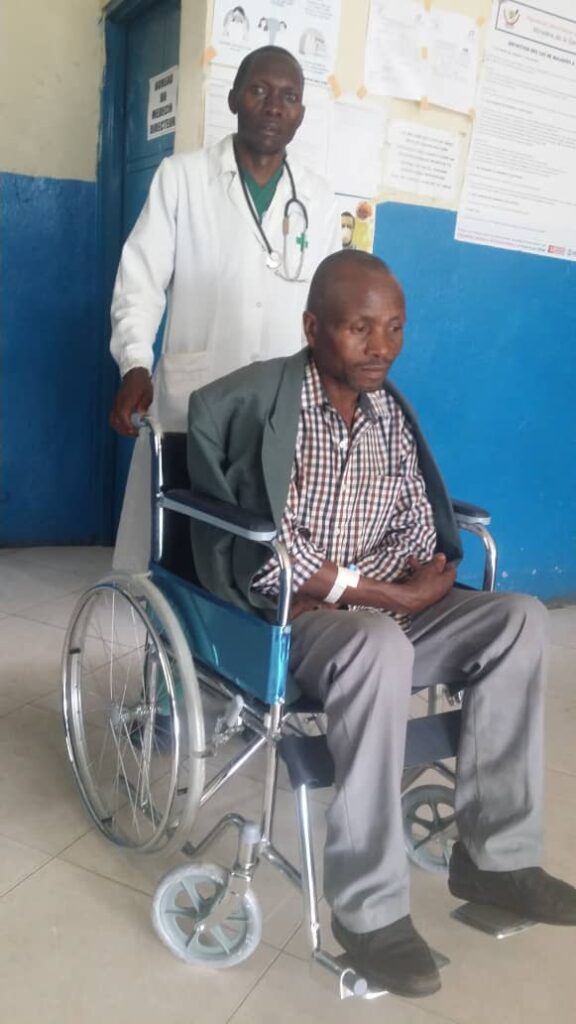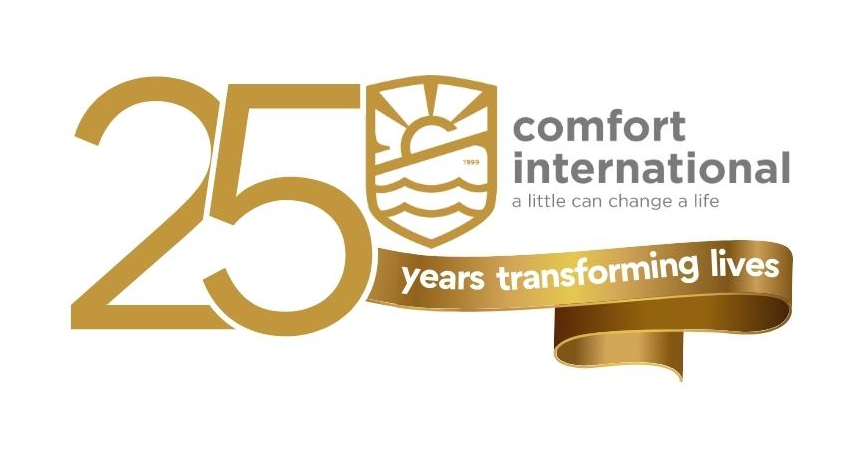The Central Hospital Rusayu has recently been able to purchase a cardiac monitor, an ultrasound printer and a wheelchair. These important pieces of equipment will help with the smooth running of the hospital and contribute to saving lives and preventing injury.
Cardiac Monitor
Thanks to the James Tudor Foundation the Central Hospital Rusayu now has a cardiac monitor. This has been much needed and is already being well used in a wide range of situations – general patient monitoring, paediatrics, operations and caesarean sections.
“The arrival of the cardiac machine has brought a significant change. In fact, it controls the state of the patient by showing all possible vital signs at once. It allows us to produce good care and follow up for our patients.”


The hospital undertakes a high percentage of caesarean sections, primarily because the poverty, nutritional status and tendency of the local population to forego pre-natal care lead to a high likelihood of complications in child birth.
As far as general patient monitoring is concerned this has largely been where breathing difficulties have given rise to concern over oxygen levels and consequent heart function, where medication gives rise to increased vulnerability to heart arrhythmia, or the doctors/surgeons have concerns over heart abnormalities and the monitor has enabled the hospital to ensure constant awareness of the patient’s condition.
“This is helping us to leave the archaic monitoring practices behind and enable us to quickly and efficiently monitor the patient’s condition.”
Theophile Ruchocha, Head Doctor
Ultrasound Printer and Wheelchair
Thanks to a foundation which prefers to remain anonymous the hospital has been able to purchase an ultrasound printer and a wheelchair, both of which they have not had before.
Previously supporters of the charity fundraised to buy an ultrasound machine for the maternity wing but there was no printer. This meant the doctors had no ‘take-away’ record of the unborn baby to examine. This new printer really helps with the effective use of the ultrasound machine and is a great asset to the work of the hospital.


The wheelchair is also a much needed resource which reduces the need to lift, carry or support patients as they are moved around the hospital, thus reducing the risk of injury to hospital staff and reducing the number of staff required for this.

Background
One of the challenges to rural hospitals is that of trust by the local population in the quality of treatment. The continuing development of the hospital with new equipment and the recent installation of solar panels has increased this trust. This in turn supports the relief of sickness in the local population as traditionally they have used local healers until their condition deteriorates so far they decide to go to the hospital, thus often presenting with advanced or complicated symptoms. Early presentation of patients through this enhanced reputation of the hospital is something that the staff will greatly appreciate as they are often frustrated by late presentations.
A further challenge is the incidence of rape in the area. Women and girls who go into the forest to look for wood or charcoal are habitually in danger of rape and the hospital treats over 100 rape survivors every year. The new equipment is now being used for women who have been severely injured or who present at the hospital to give birth. The cardiac monitor has been used recently to monitor a young girl of 12 who came to the hospital to give birth by caesarean after being raped in the forest. This kind of operation was very risky prior to the cardiac monitor and could have resulted in the patient having to be sent elsewhere over considerable distance and difficulty.
Growing Hospital
Every improvement in the hospital saves lives and we are grateful for these new pieces of equipment. The hospital is always growing to accommodate the huge need of the area and any improvement in facilities is always welcome.
a little can change a life

